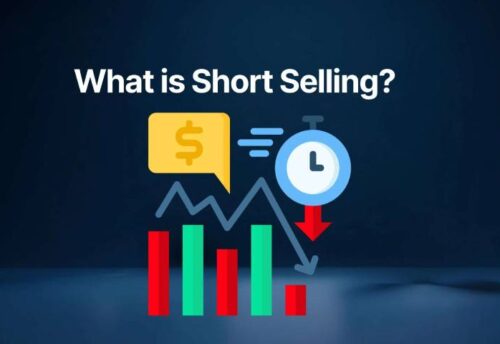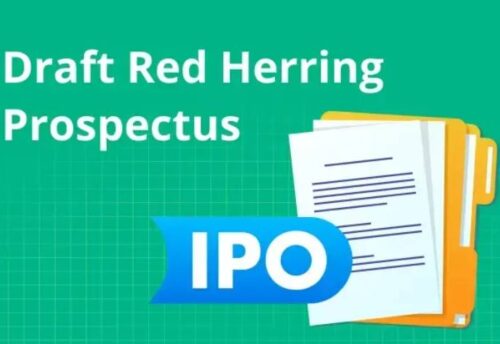
- 13/09/2025
- MyFinanceGyan
- 254 Views
- 2 Likes
- Finance, Investment
Commodity-Linked Securities: Definition, Features, Types, and Benefits
Investing directly in commodities like gold, crude oil, or agricultural products often comes with challenges such as storage, spoilage, and logistics. For investors who wish to benefit from commodity price movements without physically owning them, commodity-linked securities (CLS) provide an effective solution. These instruments offer exposure to commodities through financial markets, allowing investors to diversify portfolios, generate income, and hedge against inflation. This guide explains what commodity-linked securities are, how they work, their features, types, benefits, risks, and relevance in the Indian financial market.
What Are Commodity-Linked Securities?
Commodity-linked securities (CLS) are financial instruments whose returns are tied to the price movements of one or more underlying commodities. Instead of directly trading physical goods, investors gain indirect exposure to commodities through these securities. Common underlying commodities include:
- Precious metals: Gold, silver
- Energy products: Crude oil, natural gas
- Industrial metals: Copper, aluminum
- Agricultural products: Wheat, coffee, cotton
By linking payouts to commodity prices, CLS allow investors to participate in commodity markets while avoiding physical ownership and its associated costs.
How Do Commodity-Linked Securities Work?
CLS are generally structured as debt or equity instruments. Their interest payments, dividends, or even principal repayments are adjusted based on commodity price movements. For example:
- A gold-linked bond may offer higher coupon payments if gold prices rise.
- An oil-linked security may repay principal at a value tied to global crude oil price indices.
Issuers of CLS include commodity-producing companies, governments, and financial institutions that wish to raise funds while offering investors returns tied to commodity performance.
Types of Commodity-Linked Securities:
Commodity-Linked Bonds:
These are debt instruments where returns depend on commodity prices.
- Principal-Linked Bonds: Repayment at maturity rises or falls with commodity prices.
- Coupon-Linked Bonds: Interest payments fluctuate with commodity prices, while principal remains fixed.
Features:
- Maturity of 5 years or more
- Lower fixed coupon than traditional bonds, with upside from commodity price gains
- Often issued by commodity producers or governments
Commodity-Linked Equities:
Shares of companies that derive revenues from commodities. Their stock prices correlate closely with commodity prices.
Examples in India:
- Oil exploration and refining companies like Reliance Industries or Bharat Petroleum
- Mining companies tied to gold, coal, or copper prices
Commodity-Linked Debentures:
Structured debt instruments are often issued in India to institutional investors. Returns are linked to commodities, sometimes with principal protection or higher-risk, high-return structures.
Key Features of Commodity-Linked Securities:
Benefits of Commodity-Linked Securities:
- Indirect Commodity Exposure: Participate in price movements without storage or logistics.
- Diversification: Commodities often have low correlation with equities and bonds.
- Inflation Hedge: Commodity prices typically rise during inflationary periods.
- Income Generation: Coupon-linked bonds provide increasing payouts with rising commodity prices.
- Global Market Access: Indian investors gain exposure to international commodity trends.
- Risk Management: Producers & consumers use CLS to stabilize revenues or costs.
Risks Associated with CLS:
- Commodity Price Volatility: Returns fluctuate with market prices.
- Credit Risk: Issuer defaults may affect payouts.
- Liquidity Risk: Some instruments may be harder to trade.
- Complex Structures: Retail investors may find terms difficult to understand.
Commodity-Linked Securities in India:
- Retail Investors: Primarily gain exposure through commodity-dependent equities.
- Institutional Investors: Access commodity-linked bonds and debentures.
- Regulatory Framework: SEBI regulates equity-linked instruments, while RBI and securities laws govern debt instruments.
- CLS complements commodity ETFs, futures, and options, making them part of a diversified portfolio strategy.
Example: Gold-Linked Bond in India:
- Face Value: ₹1,00,000
- Coupon: 3% fixed + 0.5% for every ₹500 rise in gold price above ₹45,000/10g
- Maturity: 7 years
If gold rises from ₹45,000 to ₹50,000, investors earn higher coupon payments, aligning returns with market appreciation.
Comparison with Other Commodity Investments:
Conclusion:
Commodity-linked securities bridge the gap between physical commodities and financial markets. They offer a way to gain commodity exposure without storage issues while providing diversification, inflation protection, and potential income. For Indian investors, CLS represent a regulated and structured way to participate in global commodity trends. However, understanding the specific terms, risks, and issuer credibility is essential before investing. With careful selection and professional advice, CLS can be a valuable addition to modern investment portfolios.
Disclaimer: The views expressed in this blog are personal and for educational purposes only. They do not constitute financial advice or product recommendations.



